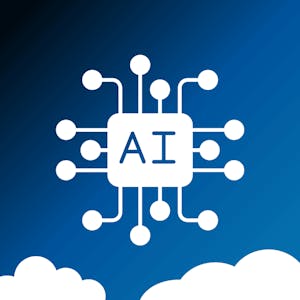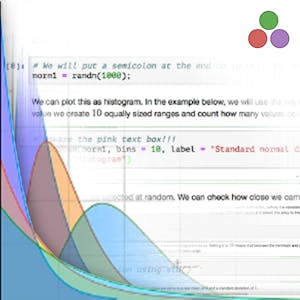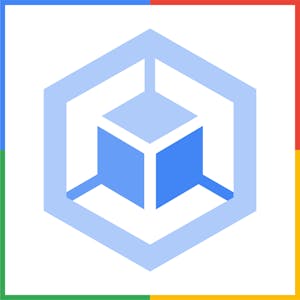Data Cleaning in Snowflake: Techniques to Clean Messy Data
About this Course
in 2006, the British mathematician Clive Humby coined the phrase \"Data is the new Oil\". This analogy has been proven correct as data powers entire industries nowadays but if left unrefined, is effectively worthless. This 2.5 hours-long guided project is designed for business analysts & data engineers eager to learn how to Clean Messy Data in Snowflake Data Platform. By the end of the project, you will -Be able to identify common data quality issues then use SQL String functions to remove unwanted characters and split rows into multiple columns. -Extract dates from Text fields then use SQL date functions for comparisons and calculations. -Identify and correct missing and duplicated data then answer business questions using SQL statements. To achieve these objectives, we will work on a real example from the field, you will play the role of a Data Analyst in the marketing department, who has been tasked with answering a business question, but the customer data they have received presents several data quality challenges. Note: To be successful in this project you need to have Snowflake beginner knowledge such as Creating a trial account, Databases, Tables, and Virtual Warehouses. If you are not familiar with Snowflake and want to learn the basics, start with my previous Guided Project: Snowflake for Beginners: Make your First Snowsight Dashboard which will give you basic knowledge about Snowflake and will teach you how to create your trial account.Created by: Coursera Project Network
Related Online Courses
Integrate UX Research and UX Design to create great products through understanding user needs, rapidly generating prototypes, and evaluating design concepts. Learners will gain hands-on experience... more
This introductory course is designed for beginners with no prior knowledge of generative AI. You will start by gaining a high-level understanding of what generative AI is and how it works. Through... more
This course introduces you to Julia as a first programming language. Julia is a high-level, high-performance dynamic programming language developed specifically for scientific computing. This... more
This learning experience guides you through the process of utilizing various data sources and multiple Google Cloud products (including BigQuery and Google Sheets using Connected Sheets) to... more
AWS: Databases Course is the second course of Exam Prep (DEA-C01): AWS Certified Data Engineer - Associate Specialization. This course assists learners in designing relational and non-relational... more








